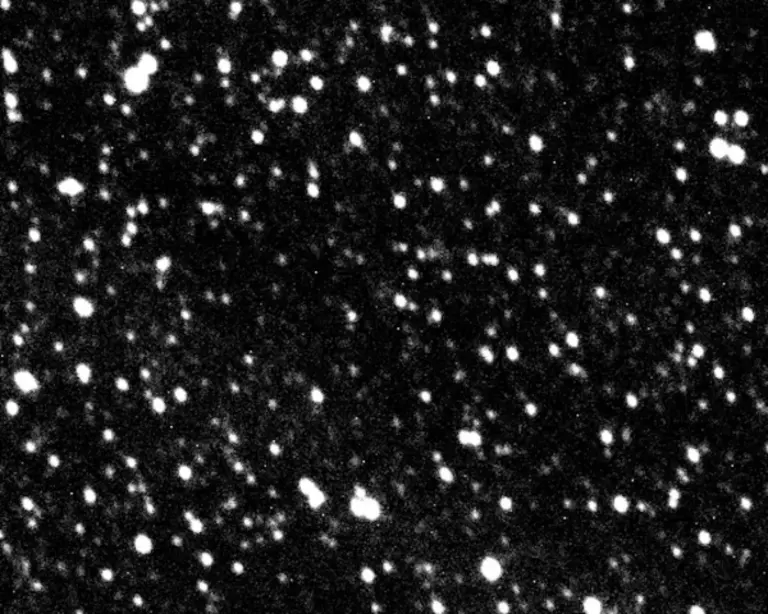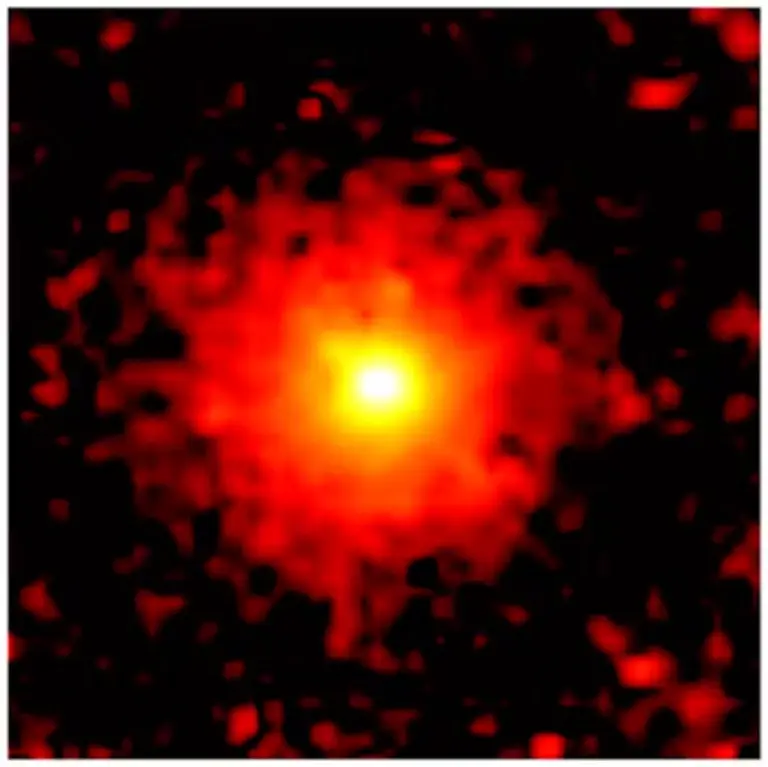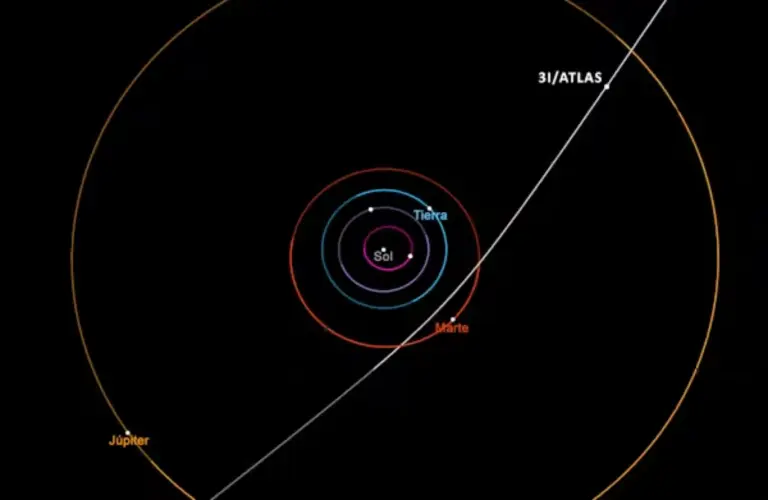Debunking Misconceptions about 3I/ATLAS
Recent media coverage has sparked discussions about the uncertain nature of comet 3I/ATLAS. However, extensive observations using various instruments have made it the best-observed interstellar object to date. Despite numerous speculations, both images and reflected light spectra clearly indicate its cometary nature.
Tracking 3I/ATLAS from the Start
Our research group on Asteroids, Comets, and Meteorites at ICE-CSIC/IEEC has been monitoring 3I/ATLAS since its discovery. We’ve measured its position and obtained precise photometric measurements, capturing images as early as July 5th with the Joan Oró robotic telescope. These images revealed a comet’s coma, a characteristic feature of comets.

Images of comet 3I/ATLAS obtained with the Joan Oró robotic telescope from the Montsec Observatory on July 5, 2025.
More Like an Asteroid Than a Comet
A new study led by Professor Bin Yang from the University Diego Portales in Chile, published on ArXiv, used advanced instrumentation at the Gemini-S/GMOS and NASA IRTF/SpeX telescopes to obtain spectra of 3I/ATLAS on July 5th and 14th, 2025. These observations were conducted shortly after its discovery to avoid obscuring other aspects of its nature due to cometary activity associated with ice sublimation.

The SPHEREx of NASA observed the interstellar comet 3I/ATLAS from August 7th to 15th.
In the optical range, 3I/ATLAS displays a reddish slope similar to certain dark (low albedo) asteroids of spectral class D in our solar system. These asteroids are very dark, have a red spectrum, and are rich in carbon. They are rare and have low reflectivity.
The near-infrared spectrum of 3I/ATLAS flattens significantly around a rate of 0.9 to 1.5 microns, similar to the spectral behavior of large water ice grains in cometary comas.

The James Webb Space Telescope observed the interstellar comet 3I/ATLAS on August 6th, 2025, using its Near-Infrared Spectrograph in various bands that demonstrate its content of carbon dioxide and water.
Modeling 3I/ATLAS’s Spectral Behavior
The study authors, including renowned astrobiologist Karen J. Meech, modeled the spectral behavior of comet 3I/ATLAS using a mixture of 70% Tagish Lake carbonaceous chondrite meteorite dust and 30% water ice with an average grain size of 10 microns. This fraction of ice (~30%) could approximate the comet’s coma composition.
Overall, all studies and observations to date suggest that 3I/ATLAS is an active interstellar comet rich in water ice, with a dust composition more similar to D-type asteroids than transneptunian objects. This could be consistent with the idea that it formed in an inner region of a planetary system and was ejected due to gravitational interaction with a planet. However, the scenarios remain open, and we await observations from various spacecraft missions, with NASA’s Psyche mission being the most relevant.

This diagram shows the trajectory of 3I/ATLAS as it approaches our solar system. The comet will make its closest approach to the Sun in October 2025.
The Coma of Comet 3I/ATLAS
There has been speculation that 3I/ATLAS lacks an extended coma like other comets, but this is incorrect. As a small-diameter object, we wouldn’t have discovered it without its coma, which makes it visible from billions of kilometers away.
The coma’s composition represents sublimated material but may not reflect the object’s interior. The gaseous component of the coma is dominated by carbon dioxide, creating a 350,000 km envelope around the cometary nucleus.
This envelope also contains micron-sized dust particles that detach from the comet due to ice sublimation. The dust is embedded within frozen materials heated as the comet approaches the Sun. For an interstellar comet, we would expect a radiation-irradiated mantle over billions of years as it travels through the Milky Way. This could explain why its cometary activity appears dormant and limited in volatiles.
Infrared observations show that the solid coma component, driven outward by gas sublimation pressure, is dominated by small water ice particles and dust resembling a class of meteorite associated with carbonaceous chondrites. These objects are transitional, halfway between an asteroid and a comet.
In conclusion, 3I/ATLAS is not extraordinary; it’s simply familiar material formed in a distant planetary system.






